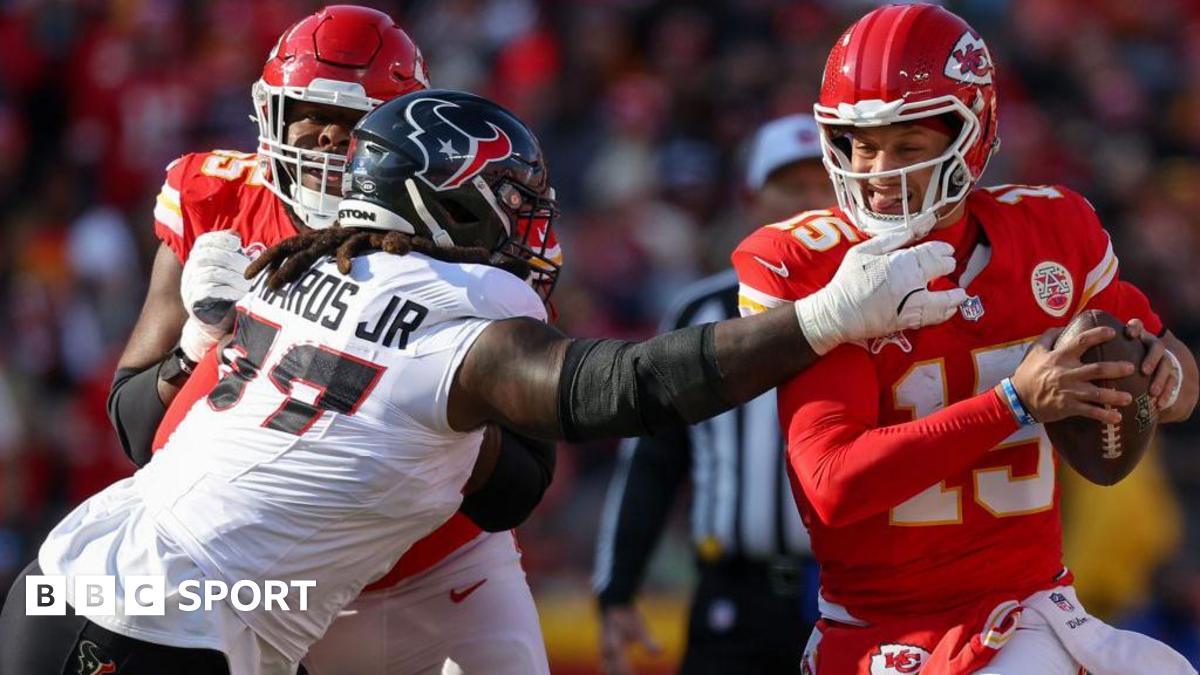Olympic gymnastics: Sunisa Lee — proud to be a Hmong American — grabs bronze in uneven bars
Medal table | Olympic schedule | How to watch | Olympic news
PARIS — Sunisa Lee knew what she needed. She certainly has proven to know what it takes. So she took a moment and talked it over … with herself.
“I was just telling myself, ‘I got this,’” Lee said. “This is going to be the last one, so I wanted it to be the best one. Telling myself I was that girl.”
That girl she was again. Going last in the uneven bars individual final, Lee delivered another brilliant performance under Olympic rings with a 14.800 score to just beat Nina Derwael of Belgium (14.766) to win a bronze medal.
Kaylia Nemour of Algeria (15.700) won gold. China’s Qiyuan Qui won silver (15.500).
For Lee, the bronze is the third medal of the Paris Games, going along with a gold in the team competition and a bronze in the all-around. It adds to the gold in all-around, the silver in team and the bronze in bars she won at the 2021 Tokyo Games.
She may not be the generational talent of American teammate and friend Simone Biles but across two Olympics and an All-American stint at Auburn University, she has built a career that can match up with nearly anyone.
All along she has carried herself in exemplary fashion, beaming with pride, cheering on her teammates, representing her country.
And her community’s country.
Lee hails from St. Paul, Minnesota, part of one of the most unique, if little known subsects of the American populace. It’s why her constant presence at the Olympics, in a sport Americans care so much about, means so much to so many closest to her.
Lee is a Hmong American and represents the inevitable triumph of a community of refugees without a country but with great and proven loyalty and sacrifice to the United States where they sought acceptance, opportunity and, perhaps as much as anything, recognition.
In the run-up to, and during, the American involvement in the Vietnam War, the United States Central Intelligence Agency recruited and trained the Hmong people — an ethnic group living mostly in Laos — to fight communist expansion in that country as well as Vietnam.
The Hmongs became valuable allies to the U.S. and its military, risking and suffering great casualties in the Laotian Civil War and while supporting American action across the border as well in Vietnam. They sought the spread of democracy in the region.
Because this was a CIA operation, word of Hmong participation was closely guarded. Led by Hmong leader General Vang Pao, they became known as “The Secret Army.”
“The Hmong fought side by side with the United States,” said Txongpao Lee, the executive director of Hmong Cultural Center in St. Paul, Minnesota. “The Hmong have always been friendly with the Americans.”
When the United States retreated and left Vietnam in 1975, the Hmongs were a people without a country. They faced bleak futures as the communist regimes they had fought now sought retribution. Death. Imprisonment. Re-education. Persecution.
“The young men were all to be executed,” Txongpao Lee said. “Die today or die tomorrow.”
In 1975, after heated political debate, President Gerald Ford signed the Indochina Migration and Refugee Assistance Act to first bring those soldiers, almost all men, who were aligned with the Americans to the United States. Five years later, their families came as well. Most settled in St. Paul.
While they had trusted the United States and sacrificed for the United States and fought with their lives with the United States, they arrived facing harsh resistance. The story of the Hmong was virtually unknown — after all, it was a classified CIA operation. Their numbers were small, maybe 30,000.
They were not celebrated as heroes. Many Americans saw them as potential enemies. The transition was difficult, full of resistance and racism.
Were they to be trusted? Were they the enemy?
“The question was, ‘Who are the Hmongs? What country are you from?’” Txongpao Lee said. “No one knew what happened in Laos. No one knew who the Hmongs were. No one knew about ‘The Secret Army.’ No one knew that we could not stay, that we didn’t have a country.”
Over the years, more and more Hmongs came to the U.S., following the waves of male soldiers who needed immediate safety. Among them was John Lee, who arrived in St. Paul as a 7-year-old in 1979 to reunite with his father, who fought in the Secret Army. He later served in the United States Army himself. In 1987, a 12-year-old named Yeev came with her mother and sister. John and Yeev eventually became partners, and together they raised six children.
Suni Lee is one of them.
Lee is here — as she was in Tokyo — representing the United States. It’s where she was born and raised and prospered.
She is also representing, however, one of those uniquely great slivers of our country, the Hmong. She is well aware of what it means to have one of them be here, of the shared pride, of the inspiration, or the early morning watch parties and celebratory hugs that each performance brings.
“It means a lot,” Lee said. “My elementary school teachers are texting me every single day, wishing me luck. Knowing everybody is back home supporting me, waking up at the crack of dawn to watch me do some gymnastics has been amazing.”
She is an American from an American community that has an American story to tell and, in this gifted gymnast and her medal after medal-winning performance, someone to help tell it far and wide.
Related
15 From the Big Ten Earn All-American Honors From The…
It is officially time for All-American teams to be unveiled. Just about every entity on the internet and in the media has its own All-American team. However
Award Season Roundup: Two-Time Consensus All-American Xavier Watts Headlines Notre…
This week, Notre Dame safety Xavier Watts became a back-to-back consensus first-team All-American. To earn this honor, a player must be recognized as a first-t
Biggest contracts in North American team sports: Soto tops list…
It took just one year for Juan Soto to set a new record for the largest contract in sports history. It's anyone's guess how long it will take before his
Coaches Selected for 2025 Navy All-American Bowl
The Navy All-American Bowl is pleased to announce the coaching staffs for the 2025 Navy All-American Bowl. Coach Dick Beck













